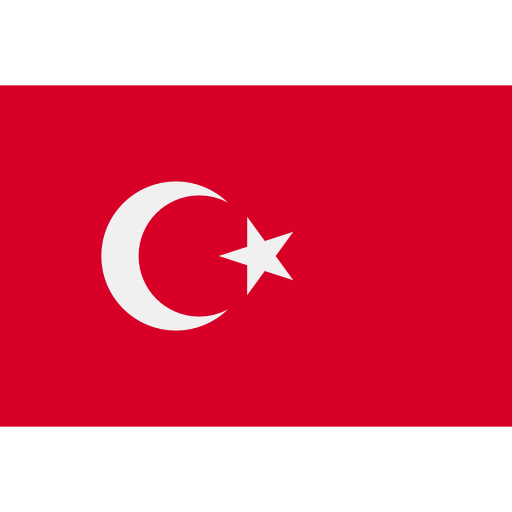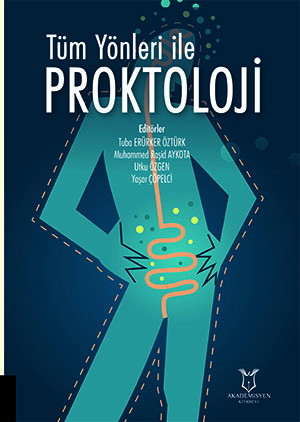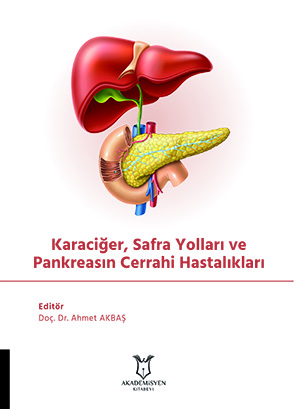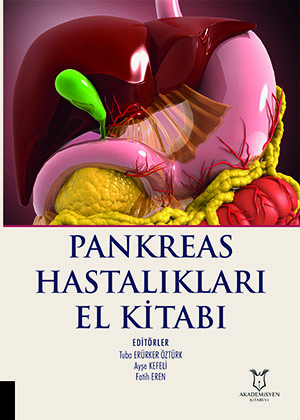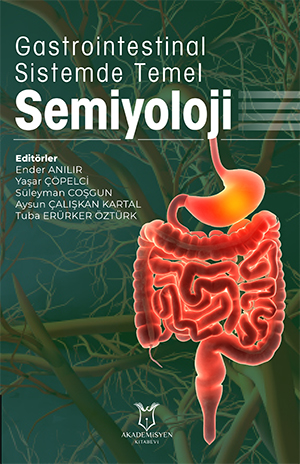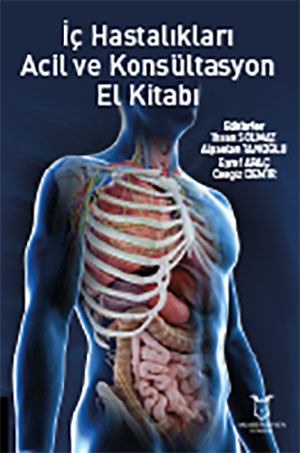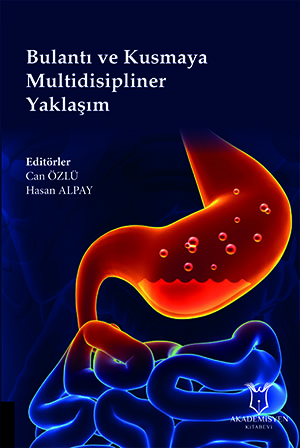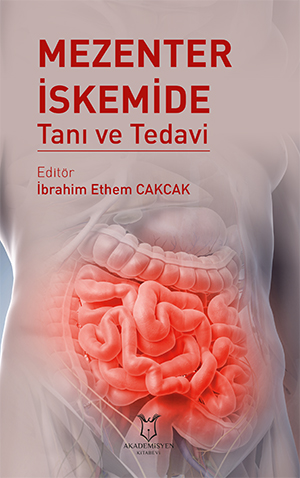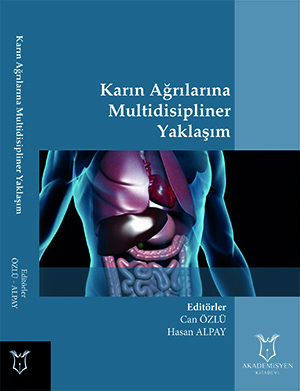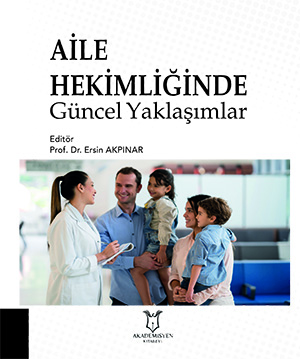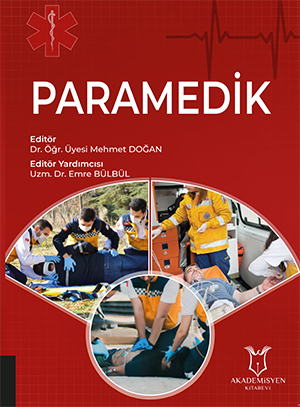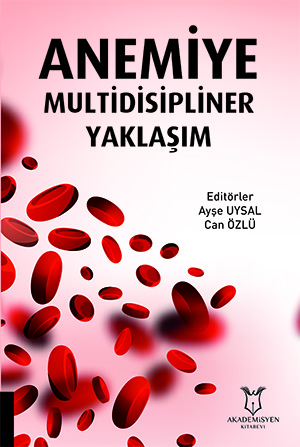Imaging methods play an important role in the
diagnosis and treatment processes of elderly patients. Each of them has a
specific application area to assess different conditions and is preferred based
on the patient’s clinical condition. Direct radiographic methods are X-ray images obtained
without the application of contrast agents to the patient. They are primarily
preferred for diagnosing clinical conditions such as ileus and perforation. In
barium fluoroscopy, contrast agents are used to evaluate the mucosa and
motility of the gastrointestinal system. Ultrasonography (USG) creates images
using high-frequency sound waves. It does not involve ionizing radiation and is
commonly used in the elderly population. It is beneficial for evaluating
conditions such as appendicitis, cholecystitis, and liver steatosis. Computed
Tomography (CT) creates images using X-rays in thin slices. It is effective for
evaluating elderly patients with abdominal pain in the emergency department.
Magnetic Resonance Imaging (MRI) is a non-ionizing radiation imaging method. It
is used to evaluate acute pancreatitis, biliary tract issues, and intestinal
diseases. Positron Emission Tomography (PET) is used by combining metabolic and
anatomical information. It is frequently employed for diagnosing and monitoring
oncological diseases. Radionuclide Imaging (Scintigraphy) and angiography are
effective methods for the diagnosis and monitoring of gastrointestinal system
bleeding.
Atıf Sayısı :


